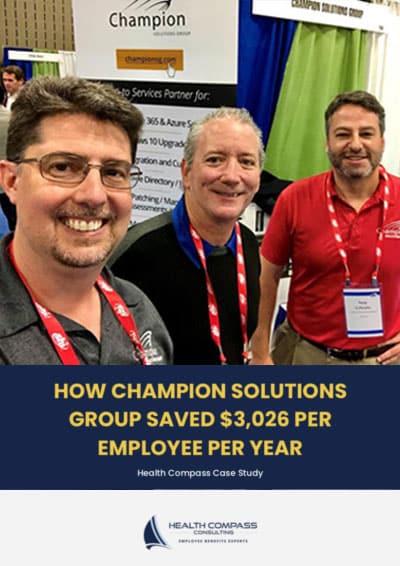Between 2003 and 2010, the American Diabetes Association (ADA) lowered the threshold of hemoglobin A1C used to measure and define a condition known as “Prediabetes.”
With the stroke of a pen, 70 million Americans who were otherwise healthy now had a chronic condition.
The downstream effects of such a move shouldn’t be ignored.
56% of Americans receive healthcare benefits from their employer, and the cost of any such additional treatment gets stacked into what is already the employers’ second or third largest expense. These costs, in turn, contribute to healthcare inflation being the leading cause of wage stagnation in the US.
For the 44 million Americans on Medicare, additional treatment will need to be financed by higher taxes as this entitlement program is insolvent and unsustainable.
All of this begs the question: Who benefits from the lower A1C threshold? Patients who prior to testing experienced little or no symptoms? Possibly. The drug manufacturers of products recommended by the ADA to treat prediabetes? Probably.
According to MedPage Today, “nine of the 14 experts who authored the 2010 change worked as speakers, consultants, or advisers to companies that marketed diabetes medicines.”
In addition to changes in diet and exercise, the ADA recommends Metformin to treat the new disease. If the average monthly fill of metformin costs $5 and the manufacturer (Bristol-Myers) has 70 million new customers, $4 Billion dollars in top-line growth is generated.
According to Dr. Carl Elliott in the Minnesota Post, the healthcare industry’s medicalization playbook is clear:
Destigmatize the disease by broadening it to a much wider population.
If necessary, rebrand the disease so it is less embarrassing to the population.
Sell your treatment for the new disease.
In every other industry, similar playbooks are adequately challenged by consumer skepticism. Since healthcare is mostly paid for by third-parties (employers and governments), this skepticism vanishes as newly diagnosed patients capitulate to the needs of the medical-industrial complex.
Unless consumers take a more active role in the decision-making process, publicly traded companies will continue to exploit the perfect business model.

